Hero Ingredients, Updates
Traditional Uses Of Tallow and Other Animal Fats & Oils
Being freely available to humans throughout the ages, animal fats have traditionally been used in all manner of ways. It’s only been relatively recently that they’ve fallen out of fashion and we’ve moved towards plant oils as a basis for both our nutritional intake and our skin care.
For centuries, animal fats were used for cooking, to make candles, medicinal salves and poultices, to waterproof skin and garments, and for cosmetic purposes.
In our great grandparents time, animal fats would have been rendered at home from animals raised by themselves or in their local community, as they simply didn’t have access to the vast array of plant and seed oils that we have nowadays.
Soap
Soap
Tallow has been used in soap making for thousands of years.
“Ancient Roman legend gives soap its name: From Mount Sapo, where animals were sacrificed, rain washed a mixture of melted animal fats and wood ashes down into the Tiber River below. There, the soapy mixture was discovered to be useful for washing clothing and skin.” ~ History of Soap Making
“Historical evidence shows that Egyptians bathed regularly and that they combined animal and vegetable oils with alkaline salts to create a soaplike substance for washing.” ~ History of Soap Making
When soapmaking became commercialised, tallow was accessed as a byproduct of the meat industry.
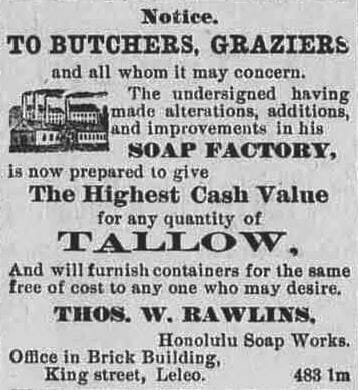
But this has since given way to palm oil and other plant oils in the more natural soaps and highly refined stearic acid and sodium tallowate isolates in commercial soaps.
Some higher end shaving soaps still have tallow and lanolin as a base. And animal products like lard, tallow and goats milk are making a comeback with artisan soap makers who have a focus on traditional handcrafted soaps.
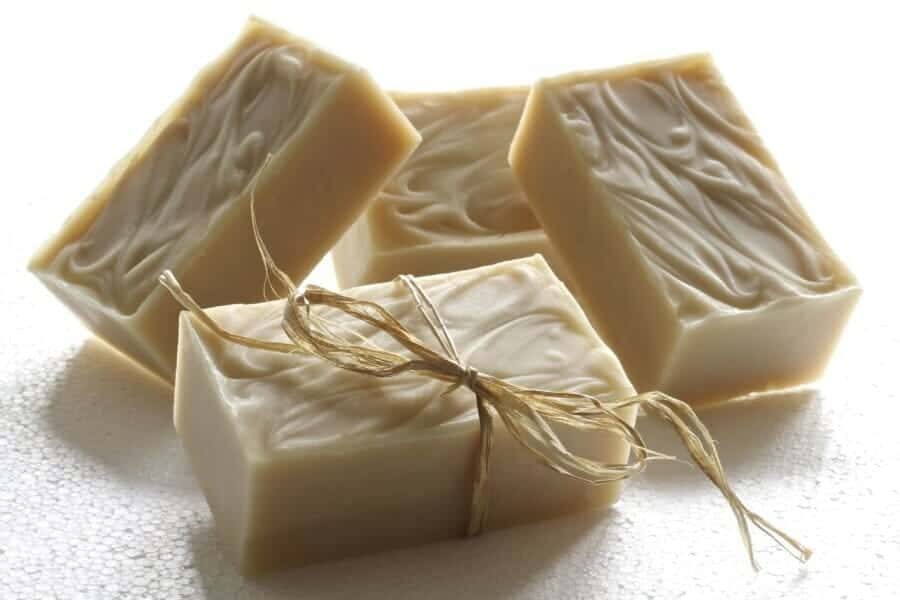
Medicinal Preparations
Medicinal Preparations
Animal fats were an incredibly important component of traditional medicinal salves, ointments and poultices.
From Ancient Babylonians, Australian Aborigines, and American Indians to our great Grandmothers.
Medicinal plants and herbs, need fatty acids as a base to help with the delivery and penetration of their lipid-soluble healing compounds into the skin.
Lard, beef tallow and emu oil have all been used historically and are still used today by some traditional herbalists.
From books published in the 1800’s, recipes abound for lard, tallow and lanolin-based salves. For everything from chilblains, burns, scalds, soothing chapped hands and lips, piles, rheumatic pain, cleaning babies heads, sore throats healing sores, to ulcers, wounds and ingrown toenails.

These traditional remedies would have been the first port of call for our great grandmothers when treating family ailments. Sometimes animal fats were even used alone.
Australian aborigines used emu oil on skin that was dry, sun burnt, wind burnt, aching, and painful or inflammed.
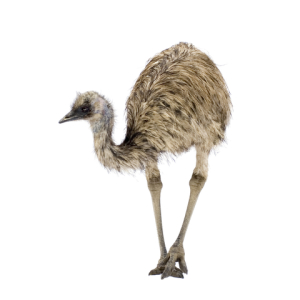 Today, in Australia emu oil is readily available in pharmacies for muscle and joint pain, arthritis, inflammation, irritated, red, scaly and sensitive skin. And, in Germany products containing deer tallow (Hirschtalg) are available to prevent chafing, blisters and calluses and to help regenerate affected skin.
Today, in Australia emu oil is readily available in pharmacies for muscle and joint pain, arthritis, inflammation, irritated, red, scaly and sensitive skin. And, in Germany products containing deer tallow (Hirschtalg) are available to prevent chafing, blisters and calluses and to help regenerate affected skin.
Cosmetics & Skincare
Cosmetics & Skincare
Use of lanolin as a moisturiser began with the ancient Greeks. But it seriously fell out of favour till the 1960’s, when highly purified, pesticide-free lanolin made its way back into lip balms and is now used in some major skin care brands.
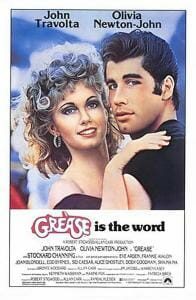
Animal fats were used as a hair pomade in the 1920’s to style hair and give it the slicked back shiny look (recipes available in a 1892 book called “A Practical Treatise on the Manufacture of Perfumery” if you’re interested)
Ancient egyptians used animal fat ointments to help their mineral kohl makeup stick.
Australian Aborigines traditionally used animal fats mixed with ash, ochre and other clays as their ceremonial body paint.
Actor Cate Blanchett, famous for her flawless complexion, is well known for using emu oil on her skin.
Pretty amazing, right?
Ecology Skincare
Ecology Skincare
At Ecology Skincare we firmly believe that returning to traditional skincare is an important step in reducing our exposure to artificial, synthetic and highly refined chemicals through the skin.
We pride ourselves on sourcing the highest quality animal fats and Australian emu oil. These hero ingredients have been developed by nature, tested throughout time and carefully blended to help support and promote the natural functionality of skin.
Tallow is the #1 Hero ingredient in all our Ecology Day & Night Creams and the inclusion of Emu oil in the Replenishing formulation for sensitive skin is a real boost for maintaining hydration in the skin.
Find out more on our Products Page
March 2014: This week, I have been busy rendering tallow and we’ve had raw materials arriving to restock the stores…all in preparation for the launch of Ecology Skincare Day and Night Creams!
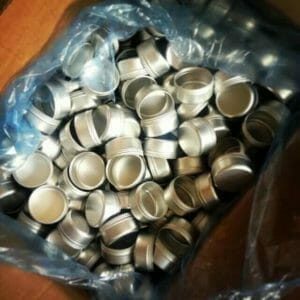
There is also a new page up on the website, where for the first time you can take a look at Ecology Range and put your orders in to take advantage of the FREE shipping pre-launch offer!
Keep in touch for further updates in the lead up to launch!
Crystal

